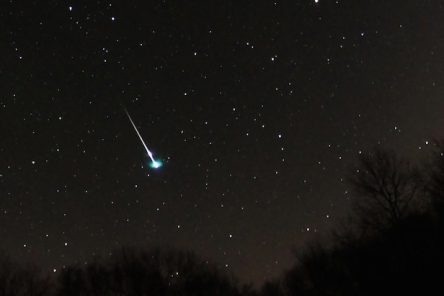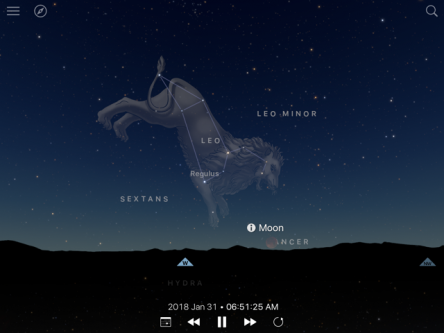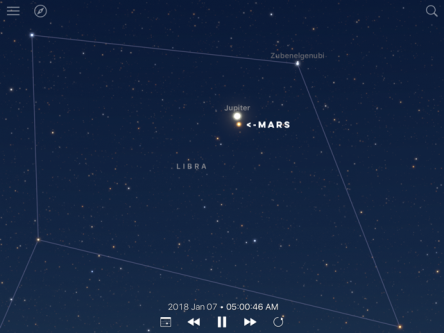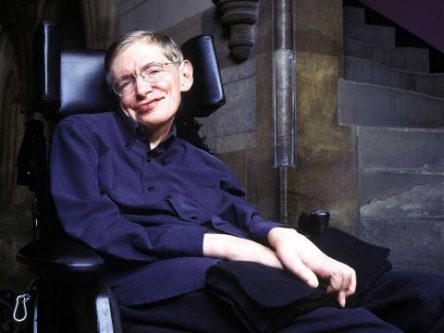
• Jan 1 – The moon is at perigee, its closest point in its orbit around the Earth at a distance of 221,559 miles, at 3:49 P.M. CST
Full moon occurs at 8:24 P.M. CST. Whenever perigee coincides with a full moon, we get what the media often call a “supermoon”.

Isaac Asimov
• Jan 2 – On this day in 1920 the biochemist and prolific author Isaac Asimov was born. Asimov was a hugely influential writer in science fiction and some of his most memorable works include his Foundation and Robot series (he even coined the word “robotics” and is famed for his “Three Laws of Robotics”). This day is also recognized as National Science Fiction Day in his honor.
• Jan 3 – Earth is at perihelion, its closest point in its orbit to the Sun for the year at a distance of 91.4 million miles, at 12:00 A.M. CST.

The Quadrantid Meteor Shower peaks. Unfortunately, bright moonlight intervenes but, under optimal conditions, it is possible to see up to 60 meteor streaks or more per hour from around 2:00A.M. to 6:00 A.M.

• Jan 7 -Look to the SE just before dawn to see Jupiter and Mars paired together in a very tight conjunction. Mars will be just 0.2 degrees south of Jupiter.

• Jan 8 – Last quarter moon occurs at 4:25 P.M. CST

Stephen Hawking
Theoretical physicist and cosmologist, Stephen Hawking was born this day in 1942.
• Jan 14 – The moon is at apogee, its most distant point in its orbit for the month at 252,565 miles distant at 8:10 P.M. CST.
• Jan 16 – New Moon occurs at 8:17 P.M. CST.
• Jan 24 – First quarter moon occurs at 4:20 P.M. CST.
• Jan 30 – The moon is at perigee, its closest point in its orbit around the Earth at a distance of 223,068 miles, at 3:57 A.M. CST.
 • Jan 31st – Full Moon occurs 7:27 A.M. CST; total lunar eclipse. The moon will be very low upon the WNW horizon so you will need a clear view from your viewing location. Total eclipse begins at 6:51 A.M. CST with maximum eclipse occurring at 6:56 A.M. CST. By 7:08 A.M. CST the moon will have set below the horizon. This eclipse certainly does not favor those of us in the CST zone but it might be worth checking out if you are up and about at this hour.
• Jan 31st – Full Moon occurs 7:27 A.M. CST; total lunar eclipse. The moon will be very low upon the WNW horizon so you will need a clear view from your viewing location. Total eclipse begins at 6:51 A.M. CST with maximum eclipse occurring at 6:56 A.M. CST. By 7:08 A.M. CST the moon will have set below the horizon. This eclipse certainly does not favor those of us in the CST zone but it might be worth checking out if you are up and about at this hour.
Being the second full moon in a month qualifies it as a “blue moon”. Being so close to perigee means that it also qualifies as a “supermoon”. And, as this is an eclipse, some will call it a “blood moon”. So, it seems that we will have a super blue blood moon on this morning. Having all three of these conditions occurring at the same time is something that hasn’t happened for over 150 years. To see it at its best, you will need to be on the Pacific Coast.